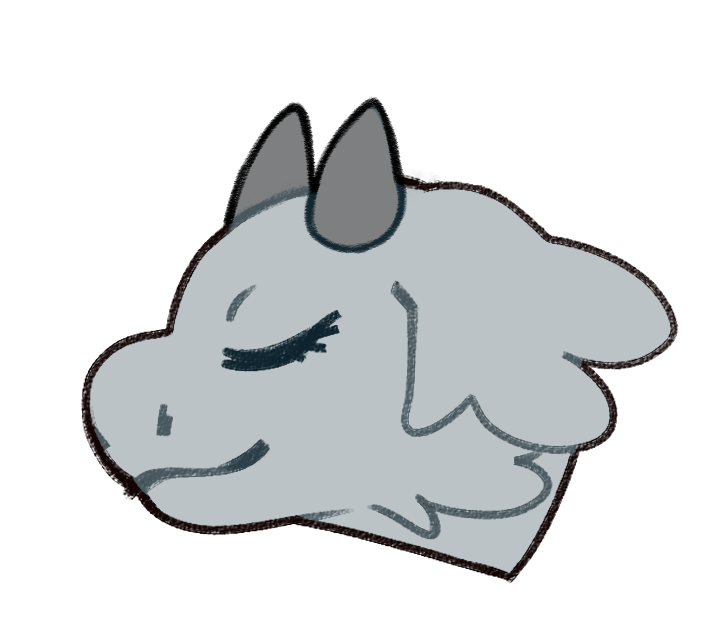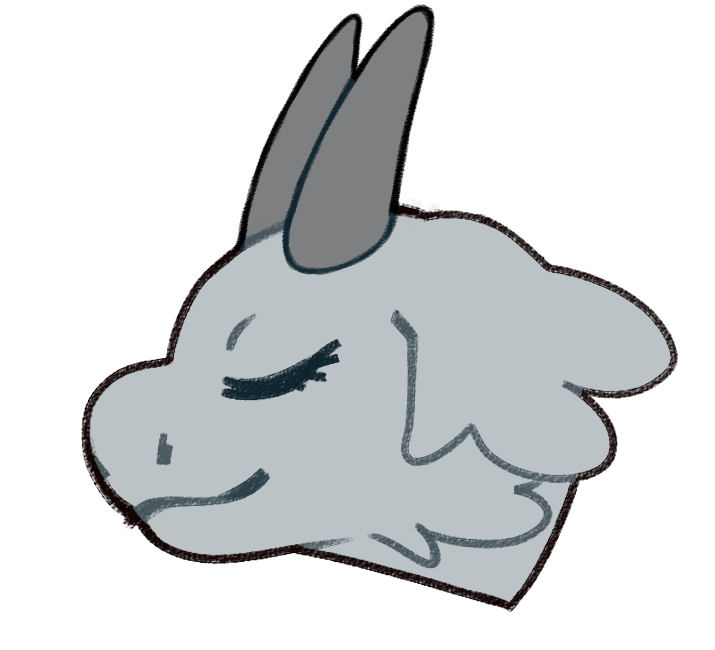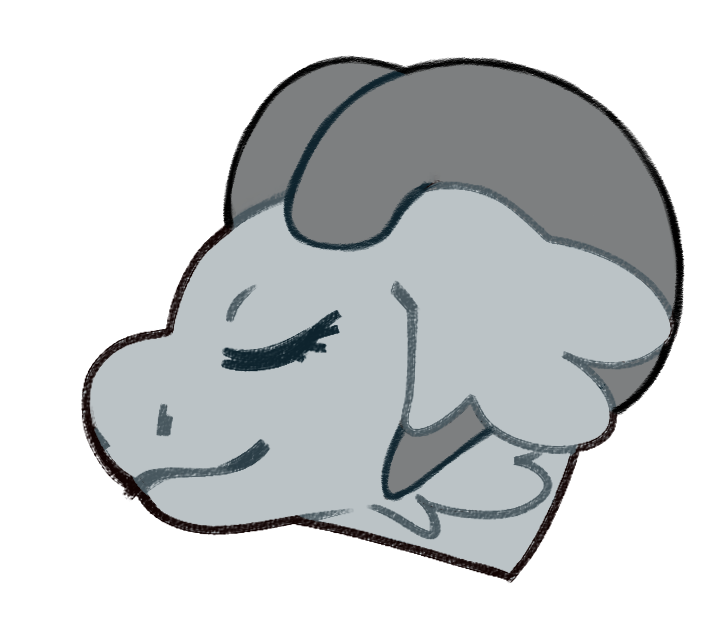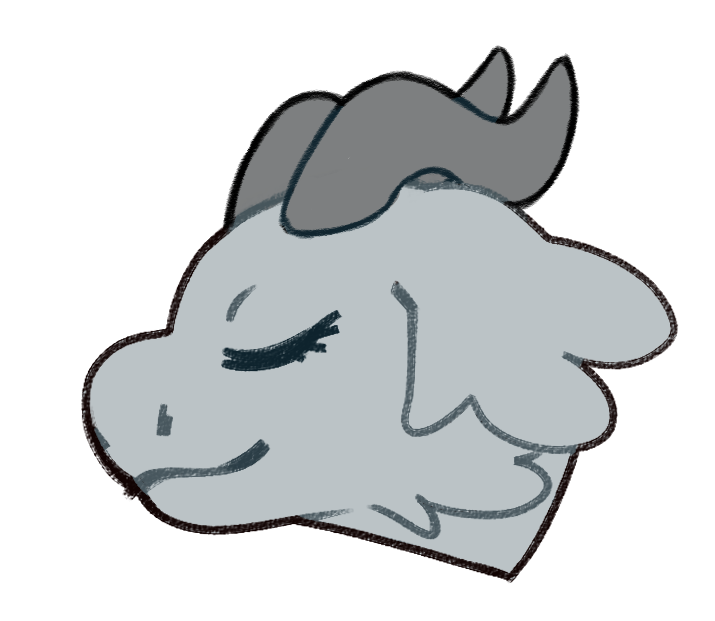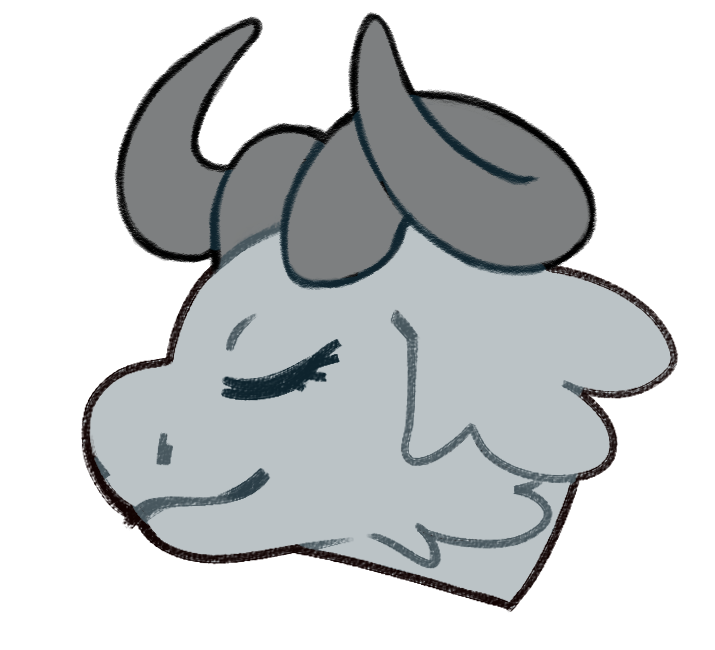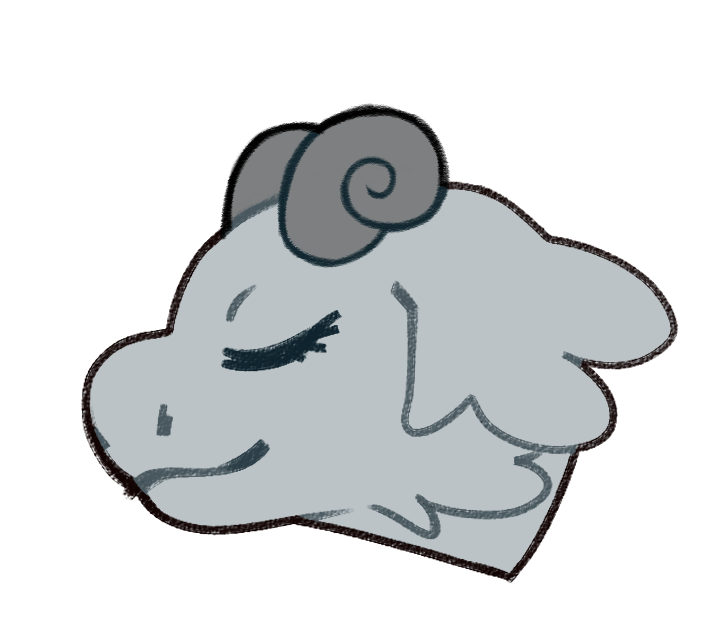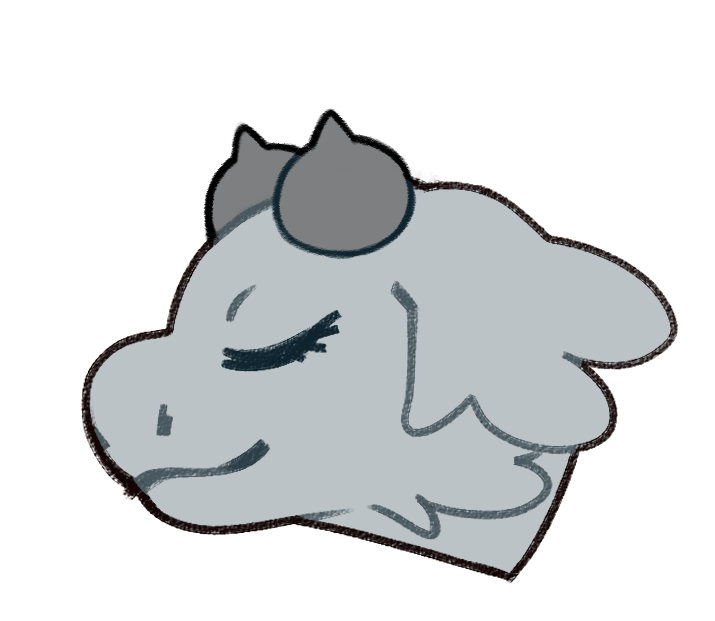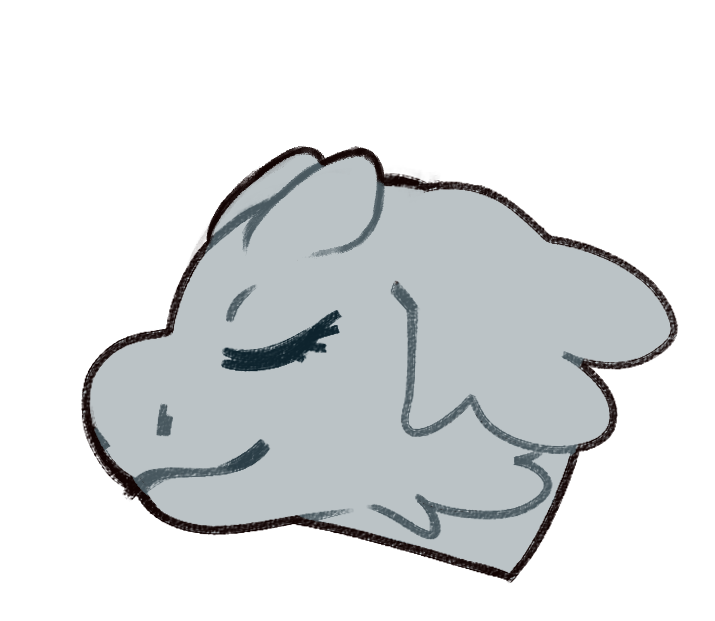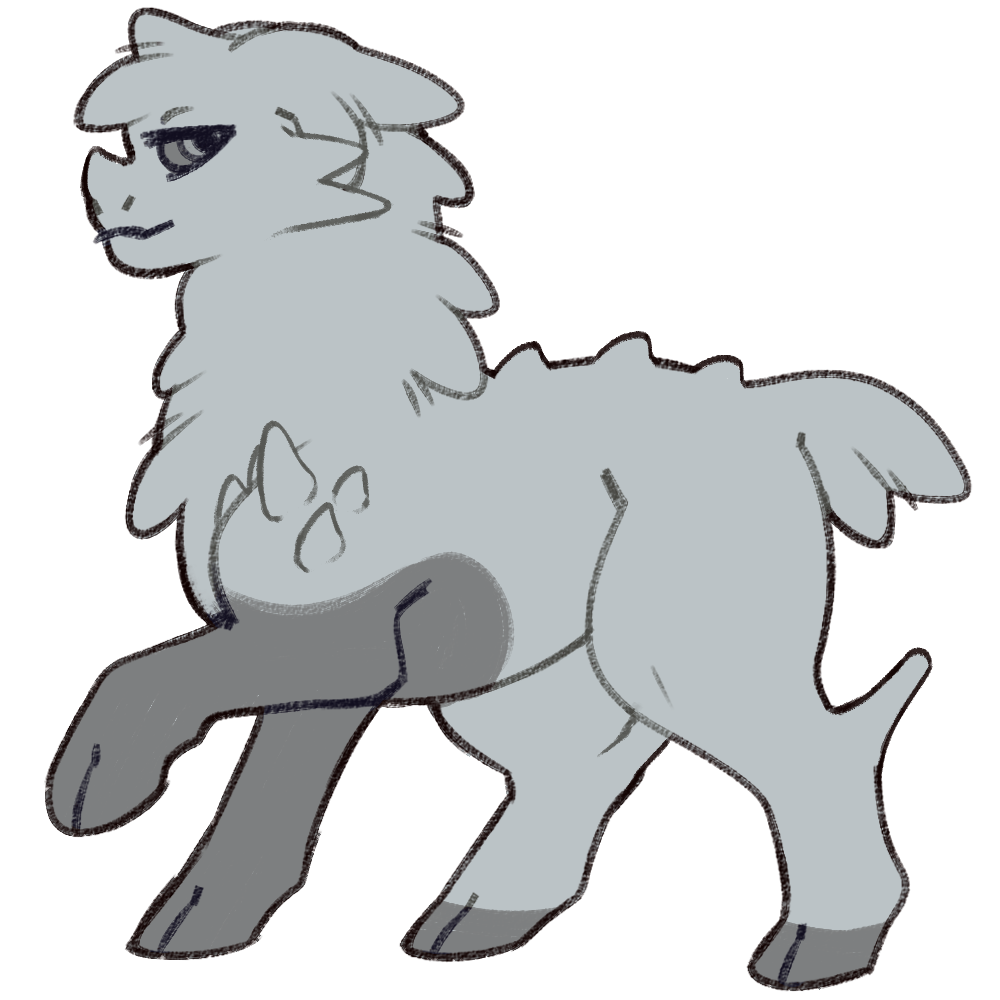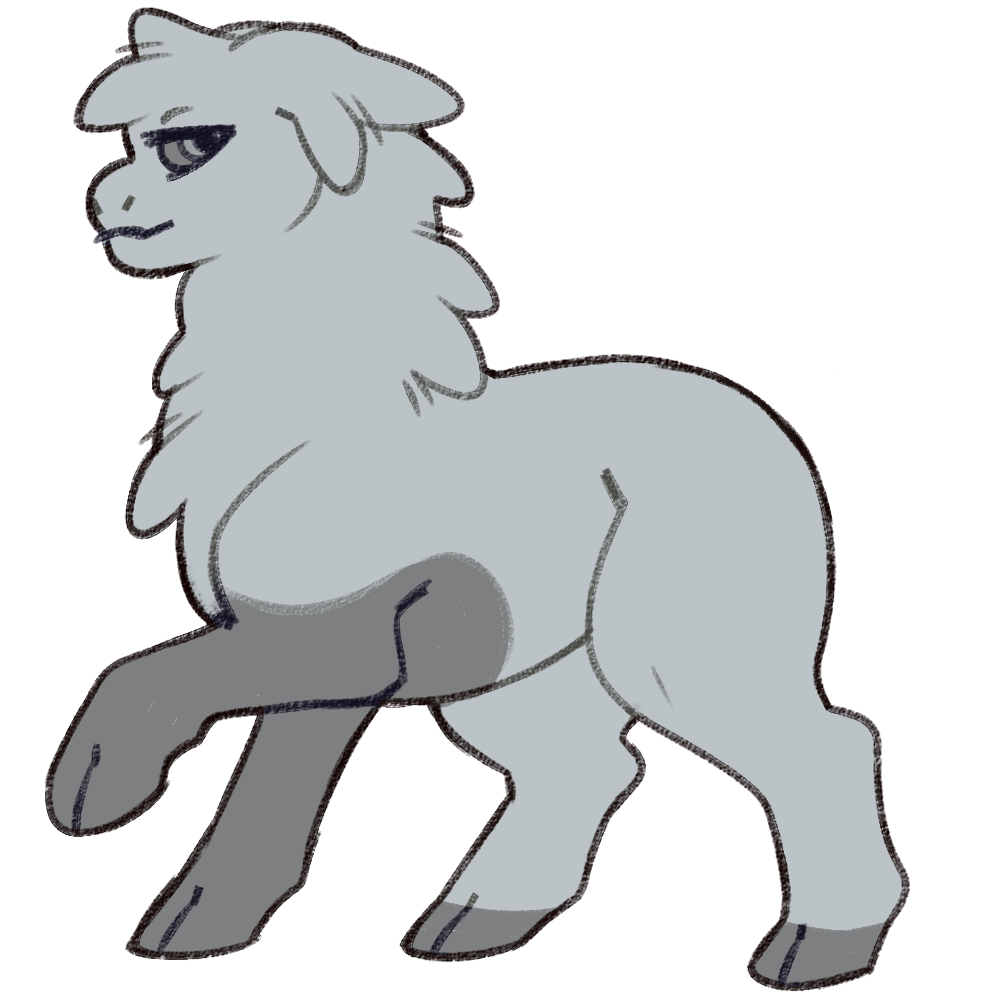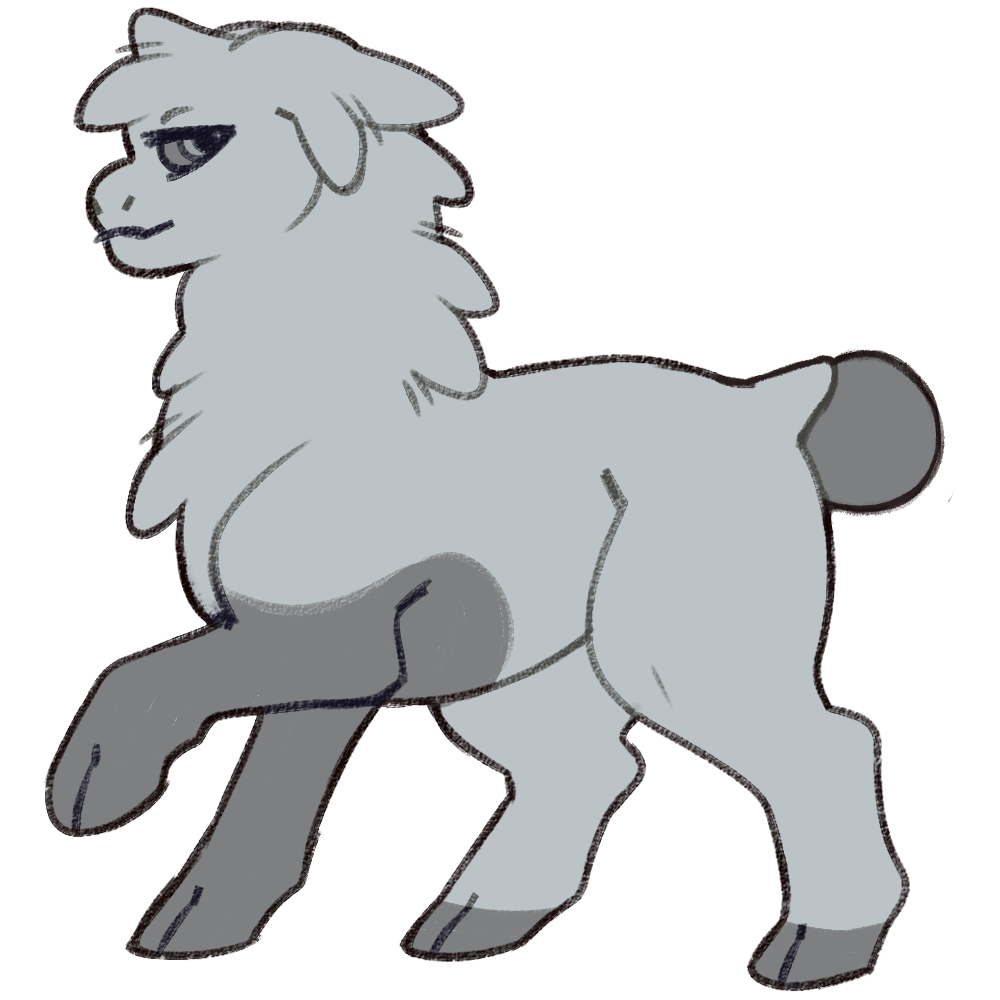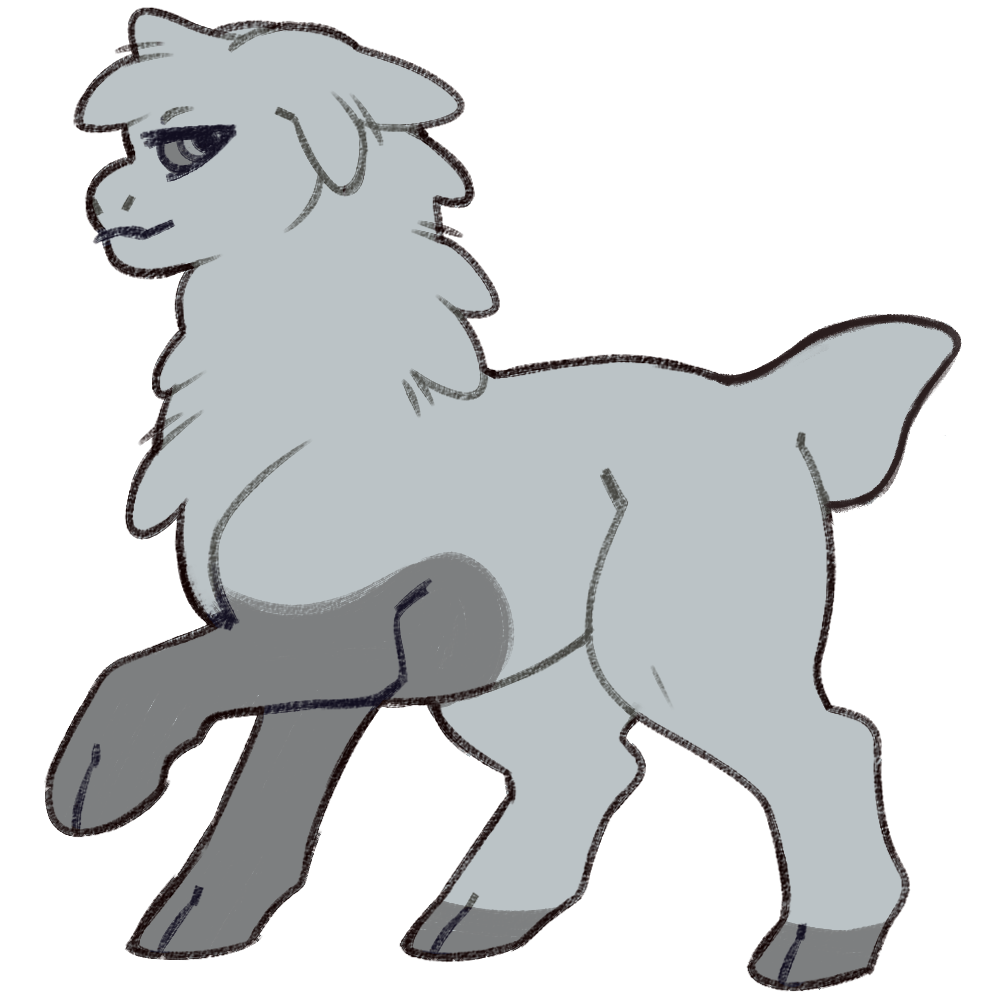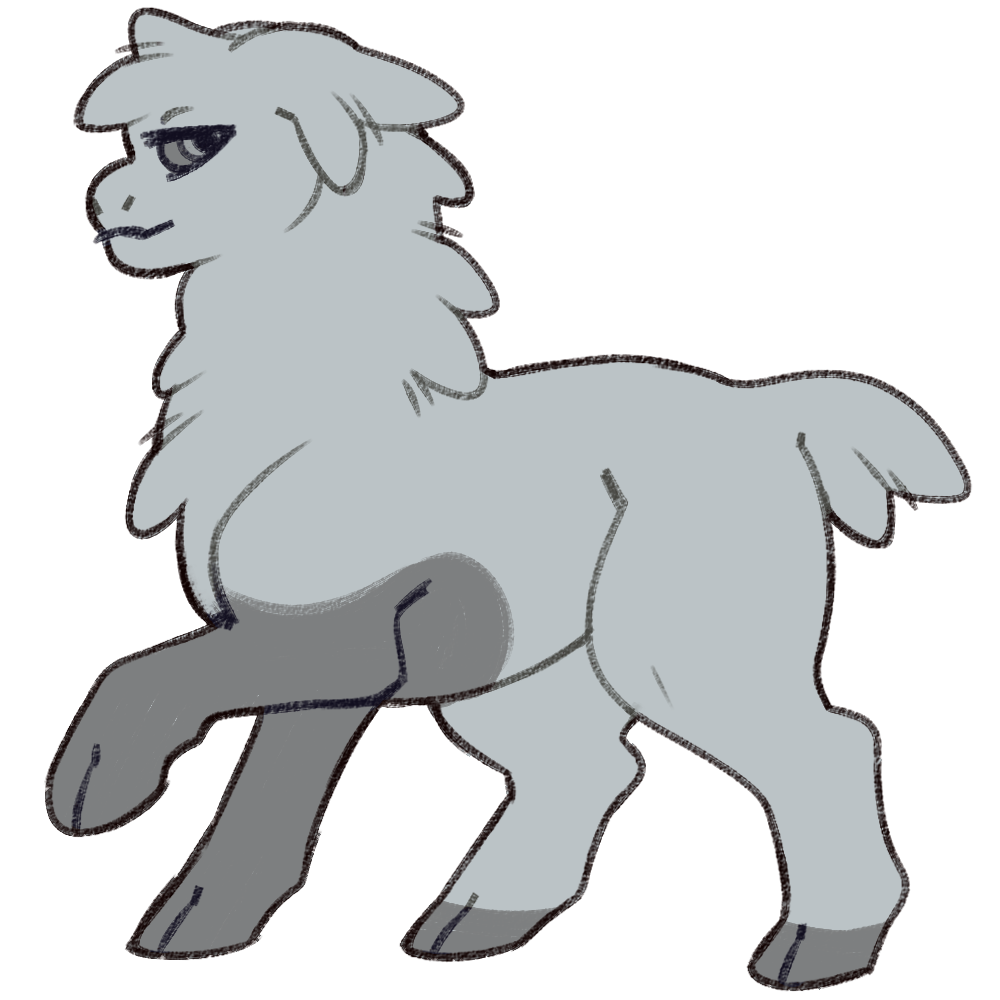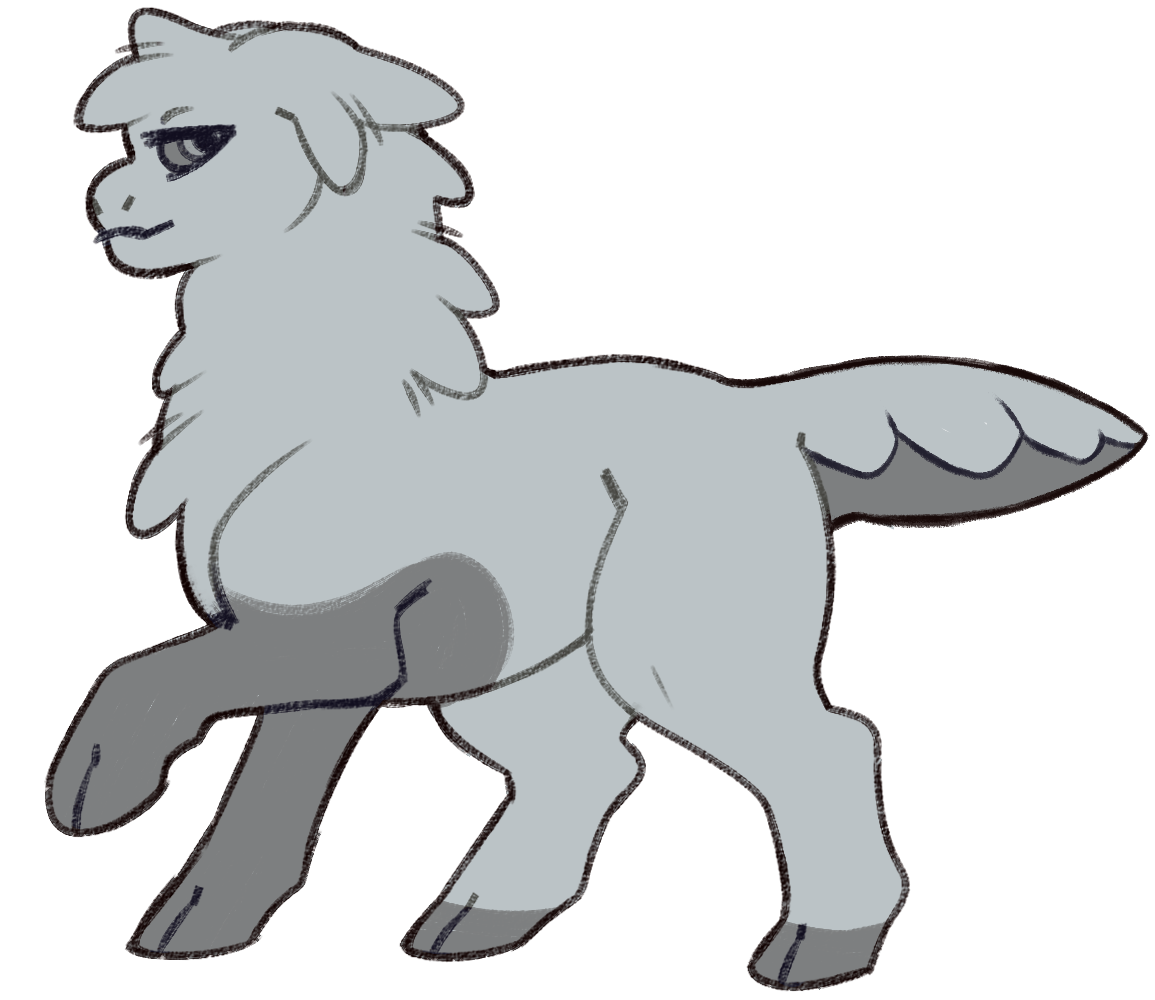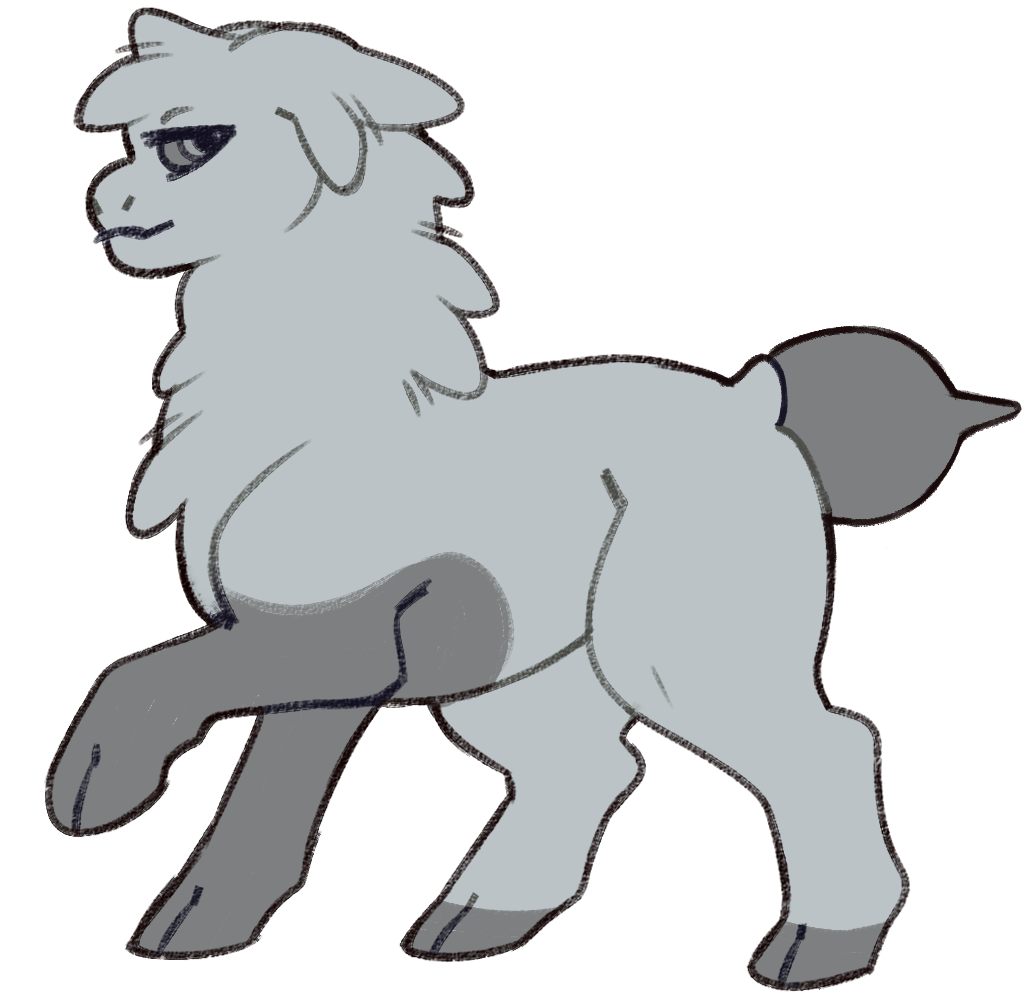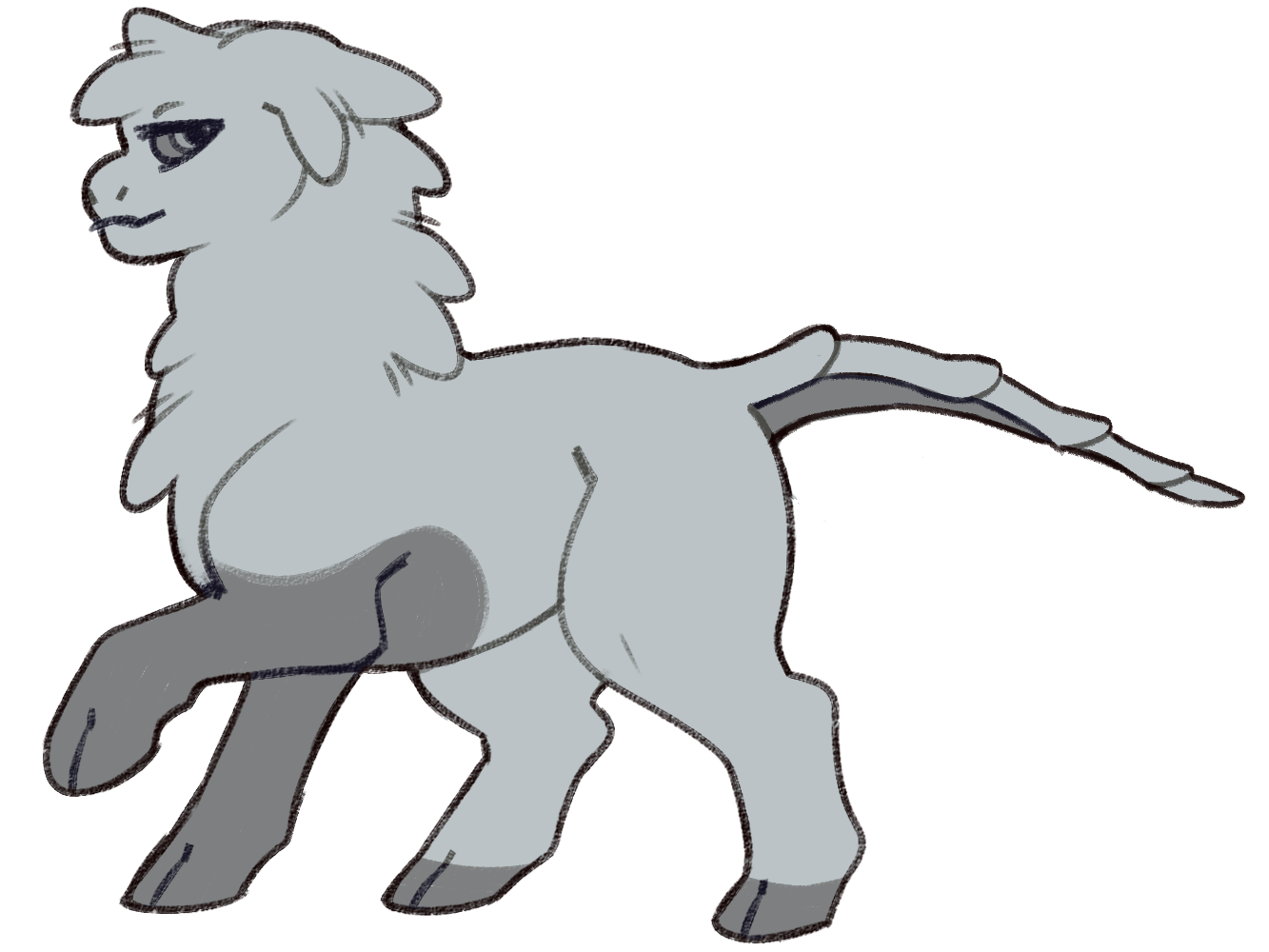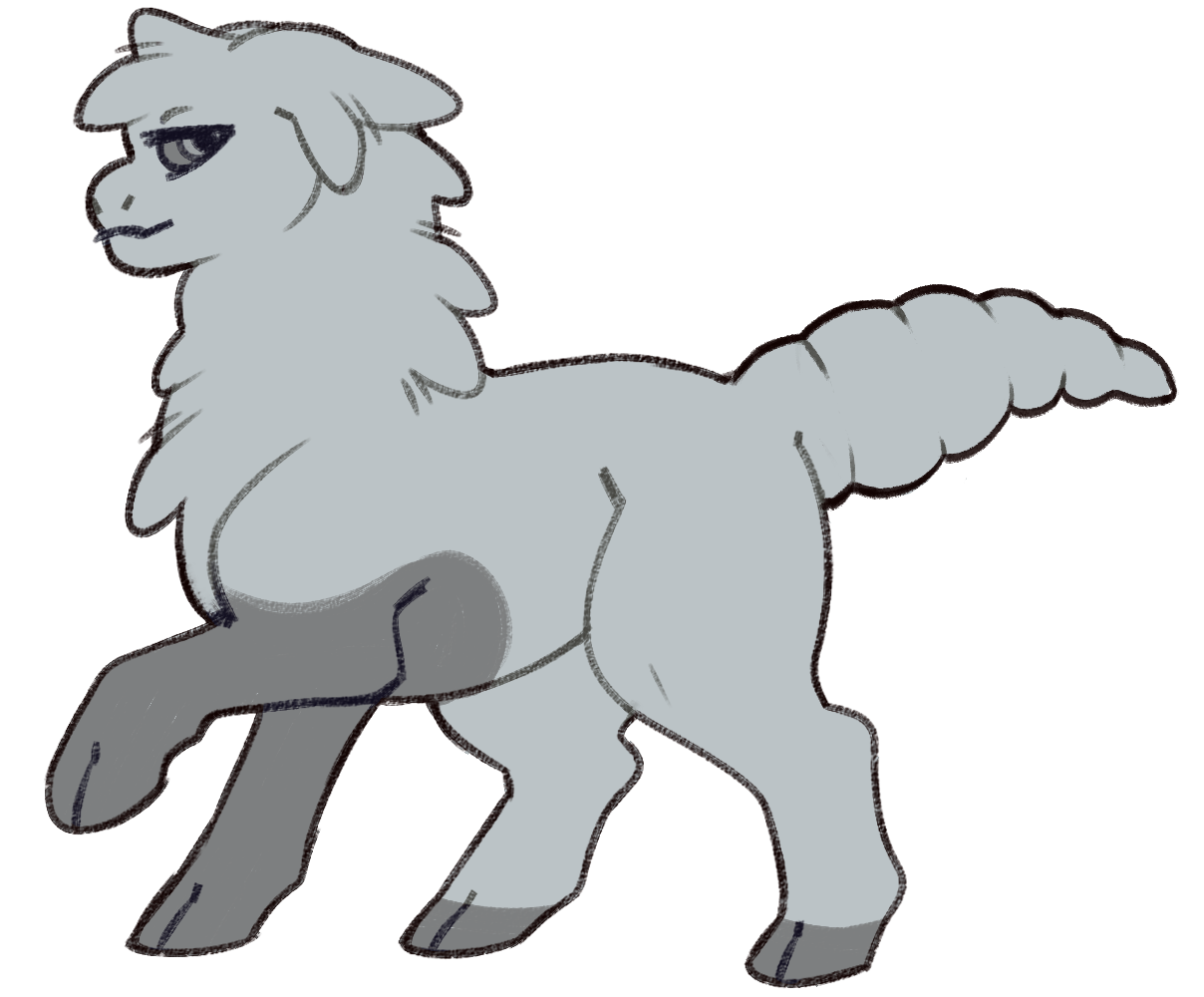Traits
Spike Horns (Standard)
Mhoats with this trait form short spike-like horns and are one of the more common types of horns seen among mhoats.
Alternate Types Show
-
Spike Horns (Standard)
Species: Gellys
Gellys with this trait for a pair of short pointy horns that sit on the crown of the head.
Gazelle Horns (Standard)
These long upright horns are a simple and common horn type seen among mhoats.
Ram Horns (Standard)
This horn type gives a mhoat large horns that sweep back from the crown of the head and spiral back and under the mhoats ear.
Curved Horns (Standard)
Mhoats with this horn type form curvy horns that can either sweep back from the crown or curve forward in a variety of appearances.
Alternate Types Show
-
Curved Horns (Standard)
Species: Gellys
Gellys with this trait form a pair of large curved horns that sit on the crown of the head.
Bull Horns (Standard)
This type of horn extends out from the side of the head and can be either curved or extend straight outward.
Alternate Types Show
-
Coiled Horns (Mutation)
Species: Gellys
This fanciful horn trait allows a gellys to have a pair of horns that coil and twirl in on themselves in a variety of unique shapes.
Snail Horns (Standard)
Mhoats with these horns form a short, tightly coiled shape that resembles snail shells.
Dumpling Horns (Standard)
These cute round horns form at a little point at the top and resemble little dumplings. Some of these horns can even have the little folded indents to appear more like the food.
Simple Faux Horns (Standard)
These false horns tend to be small spikes or softly rounded bumps in place of mhoat horns.
Bee Feelers (Standard)
Mhoats with this trait form stubby, fat feelers that can appear all over the body, but are best known for how they appear on the crown of the mhoat's head and look like stubby bee antennae.
Moth Feelers (Standard)
This trait gives a mhoat feelers that resemble various types of moth antennae, which can be long and fluffy or short and simple. These can form anywhere on the mhoat's body but most often on the crown of their head and can swivel forward and back often in response to the mhoat's emotions.
Spines (Standard)
These tough and rigid type of feelers form various spikes that can cover a mhoat's body and can be either short or long.
Alternate Types Show
Whiskers (Standard)
Mhoats with this trait form thin, hair-like whiskers anywhere on their body similar to those seen on various animals like cats, dogs, and other mammals.
Alternate Types Show
-
Whiskers (Standard)
Species: Gellys
Gellys with this trait form thin, hair-like whiskers anywhere on their body similar to those seen on various animals like cats, dogs, and other mammals.
-
Whiskers (Standard)
Species: Vabbits
Vabbits with this trait form thin, hair-like whiskers anywhere on their body similar to those seen on various animals like cats, dogs, and other mammals.
Tailless (Standard)
Mhoats with this trait don't form any tail at all.
Alternate Types Show
Goo Nub Tail (Standard)
Mhoats with this trait for a small stubby tail formed primarily of goo.
Bat Nub Tail (Standard)
Mhoats with this trait for a small, short tail that is entirely covered in plating.
Deerling Tail (Standard)
Mhoats with this tail type for short, fluffy tails that resemble those seen on a variety of animals.
Alternate Types Show
Insect Tail (Standard)
This tail type resembles a variety of insect tails and can be round or oblong. Plating can either partially or entirely cover this type of tail.
Stinger Tail (Standard)
This tail type resembles those of bees or wasps often being round or oblong and forming a pointed stinger-like extension at the end. Plating can either partially or entirely cover this type of tail.
Jointed Tail (Standard)
Mhoat with this trait form a long whip-like tail that forms a set of layered plating that runs down the tail, covering it either partially or fully.
Gecko Tail (Standard)
This long segmented tail resembles those seen on geckos.
